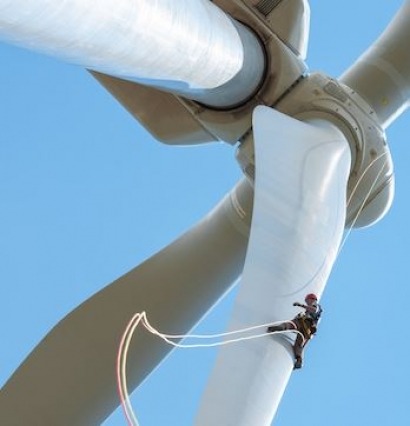
That's a compound annual growth rate (CAGR) of 6.9 percent.
According to the company’s report*, China had the largest amount of wind turbine towers installed in 2013, reaching a massive market share of 47.4 percent. This was followed by the US, India and Canada with respective shares of 7.5 percent, 6.5 percent and 5.8 percent.
Harshavardhan Reddy Nagatham, GlobalData’s Analyst covering Alternative Energy, said: “The growth of the wind turbine towers market is directly related to that of the wind energy industry, which is heavily influenced by favorable government policy, rising environmental concerns, increasing demand for power, and the uncertain supply and prices of energy from conventional sources.”
In fact, the global wind power cumulative capacity is expected to more than double over the forecast period, jumping from 322.5 Gigawatts (GW) in 2013 to 688 GW in 2020.
However, the lack of sufficient grid infrastructure around the world could impede further wind energy growth in the medium term.
“The existing grid infrastructure is very poor and urgent modifications need to be made in order to accommodate the specific characteristics of wind power," Nagatham said. "Its upgrade also requires a substantial amount of investment in terms of financial resources and time.”
The shortage of skilled workforces in the global renewable energy industry is also a major barrier, which could potentially lead to project delays and poor-quality services across the wind sector, according to GlobalData.
*Wind Turbine Towers, Update 2014 – Global Market Size, Average Price, Competitive Landscape and Key Country Analysis to 2020
Photo caption: Pete Johnson of Gemini Rope Access Solutions, inspects the blades of a 3MW Alstom wind turbine by repelling down the blades. The turbine is undergoing testing at NREL's National Wind Technology Center (NWTC) in Boulder, Colorado. (Photo by Dennis Schroeder / NREL).
For additional information:

